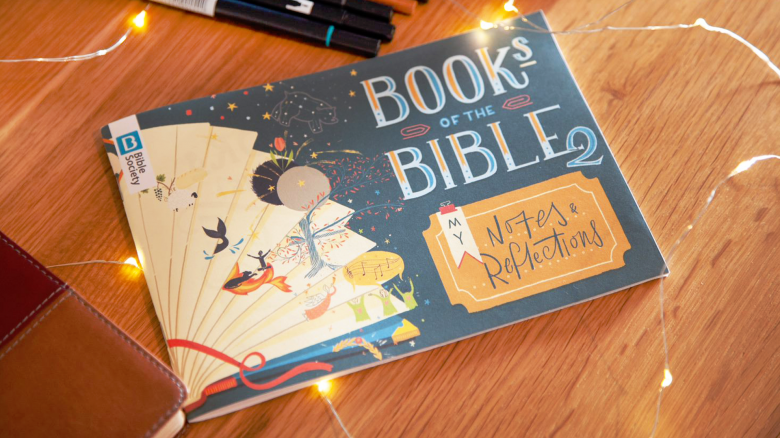A book of poetry on the theme of human love, featuring the developing feelings of two young people. The lovers talk to each other but the woman also addresses her friends, the ‘daughters of Jerusalem’. You can take this simply as an erotic love poem or, as people have done throughout history, read it as an allegory describing God’s love for Israel or Christ’s love for the Church. It is one of the most unusual books in the Bible and people often shy away from it because of its explicit language.
My beloved speaks and says to me: 'Arise, my love, my fair one, and come away; for now the winter is past, the rain is over and gone. The flowers appear on the earth; the time of singing has come, and the voice of the turtledove is heard in our land.' (Song of Songs 2.10–12)
Set me as a seal upon your heart, as a seal upon your arm; for love is strong as death, passion fierce as the grave. Its flashes are flashes of fire, a raging flame. Many waters cannot quench love, neither can floods drown it. (Song of Songs 8.6–7a)
Is the book 'really' about human love and passion, or 'really' about the love of Christ for the Church?
Some also find the very sensual language an issue; others find it beautiful.
The author is said to be Solomon. There is, inevitably, huge disagreement about whether Solomon actually wrote this or not. The problem is that there is very little evidence either way.
King Solomon was the son of David, known for consolidating the nation of Israel and making it very wealthy and also for having 700 wives and 300 concubines.
The main reason why the book is in the canon is because it was attributed to Solomon. Later Jewish teachers contested whether the Song of Songs should be included in the canon because of its love language, but eventually included it because they believed that Solomon had written it.
If it does date back to the time of Solomon it was written during the ‘golden age’ of Israel’s history. The nation was firmly established and was wealthy and successful (it only split apart into the two kingdoms of Israel and Judah during the time of Solomon’s son Rehoboam). Another suggested date is the fourth to the third centuries BC.
1 Kings, 1 and 2 Chronicles, and possibly also Proverbs and Ecclesiastes.
It’s a book of love poems, and maybe also an allegory of the relationship between God and his people.
Because there are a number of voices speaking it is not always easy to work out who is speaking when; this is one possible structure but there are many others.
1.1 The title and description of the book
1.2–2.7 The lovers talk to each other and begin to describe their longing for each other
2.8–17 The woman hears the voice of her lover and declares her love for him
3.1–5 The woman tells her friends how she left her bed to go looking for her lover
3.6–11 A royal wedding procession is described
4.1–5.1 The man describes the beauty of his lover
5.2–6.3 The woman again tells her friends how she went looking for her lover and they wonder where he has gone
6.4–12 The man describes, once more, the beauty of his lover
6.13–8.4 Other observers (probably the daughters of Jerusalem) describe the woman’s beauty
8.5–14 The brothers talk of their sister’s beauty and she responds about her love for her lover
There will be lots of names you will not know, don’t worry if you can’t place them all. The key ones are given below.
Zion, Carmel, Damascus, En-gedi, Hermon, Jerusalem, Lebanon, Mount Carmel, Mount Hermon, Tirzah
Shulamite, Israel
Wisdom tradition
The different voices speaking in the text make it quite difficult to keep up with who is saying what. Keep alert for the different people speaking (don’t worry, there is no ‘right answer’ here) and see if you can work out who might be speaking at any one moment.
Strong connections are made in this book between love and creation; look out for them as you read.
The descriptions of beauty given are not always what we would consider beauty today (e.g. ‘your nose is like a tower of Lebanon’); you could make a list of the least flattering compliments!
This is an extensive reflection on sexual attraction and love. What do you agree with and what do you disagree with? What would you want to add to this? Is there anything you would like to remove?

Here are 8 handy tips to get your book club up and running.

Here are some ideas to get you started.

Unsure of the meaning of a word or phrase in the Bible? Check our glossary of terms.
Books of the Bible journal: 2nd Edition
Journey through the Bible, one book at a time, with the 2nd edition of our Books of the Bible journal.
